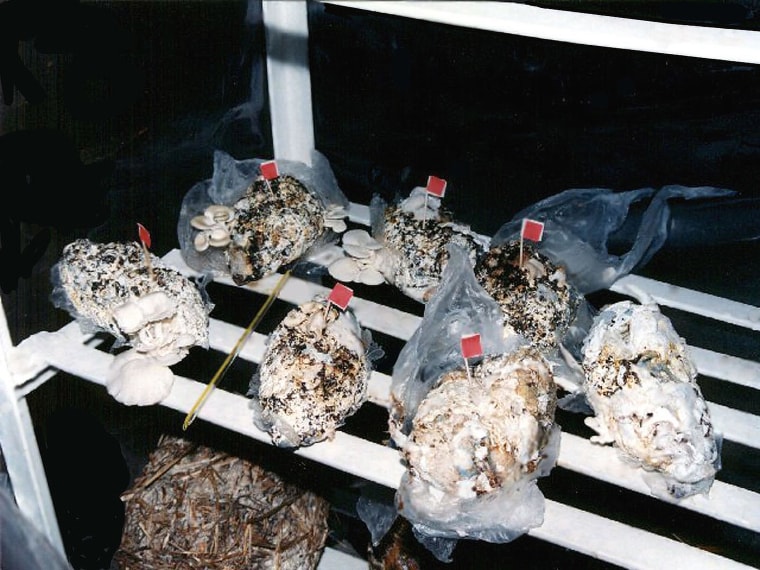Disposable diapers are made of some of the most indestructible materials on Earth, but a group of researchers has found a way to degrade the soiled garments: by growing mushrooms on them. The scientists grew the oyster mushroom Pleurotus ostreatus on a substance made from used diapers, and were able to reduce the diaper's weight and volume by up to 80 percent, according to a news statement.
Disposable diapers last for hundreds of years in landfills. They contain the plant-based material cellulose, which mushrooms consume, but also nonbiodegradable materials such as polyethylene, polypropylene and a superabsorbent gel known as sodium polyacrylate.
To grow the fungus, the researchers only used diapers containing liquid waste. They sterilized the garments in an autoclave, then ground up the remains and mixed them with lignin from the remains of pressed grapes, coffee or pineapple tops. The researchers spread commercially available fungus spores on the mixture and kept it in a plastic bag for three weeks.
After 10 to 12 weeks, the diaper mixture degraded enough to reduce its volume and weight by up to 80 percent, the researchers said. For example, about 2.2 lbs. (1 kilogram) of diapers would end up as 7 to 10 ounces (200 to 300 grams) of mushrooms. The researchers also decided to taste their crop. They also determined that these mushrooms had similar amounts of protein, fat, vitamins and minerals as commercial yeast. The mushrooms weren’t intended for human consumption, but could be used as a supplement for cattle feed.
This is a condensed version of a report from LiveScience. Read the full report. Follow Tanya Lewis on Twitter and Google+. Follow us @livescience, Facebook & Google+. Original article on Live Science.
- 8 Strange Things Scientists Have Tasted
- Microscopic Worlds Gallery: Fascinating Fungi
- The 7 Most Extreme Jobs in Science
Copyright 2014 LiveScience, a TechMediaNetwork company. All rights reserved. This material may not be published, broadcast, rewritten or redistributed.
